I went to Fairbanks Alaska in the heart of winter and lived to tell the tale. You can beat the scary Alaska cold by simply being prepared with this winter packing list.
It’s not quite as dramatic as I made it out to be, but the fact is most people are scared of Alaska in the winter. Especially the Alaska interior where the temperatures dip below 0 degrees most nights and you have to plug in your car (Yup, that’s really a thing).
During my 10 days in Fairbanks, the coldest it dropped to was -25 F and that happened to be one of the nights when we were out Aurora chasing – brrrrr. During our time in the interior, we also had about 20 inches of snow in total! So, we really had to be prepared for anything!
While I traveled around Fairbanks, there were only a few times where I was truly cold… the kind of cold where it was hard to ignore. And yes, I did spend the majority of my time doing outdoor activities – because it’s Alaska and you are meant to be outside in Alaska having adventures! Most of the time it was simply about making sure you had the right gear on so that you weren’t too cold, or too hot.
Before I took off for Alaska I did get a few new items to test out to see if they could survive the Alaska cold. Some were great, and some not so great.
Here’s what I took with me and what I suggest you put on your winter packing list if you have a similar winter trip.
Table of Contents
Winter Gear Essentials to Pack for Alaska
This isn’t a checklist of everything you need to bring. It’s a list of essential winter gear that you’ll want to bring in addition to all of the normal stuff you’d pack. I’m pretty sure I don’t have to remind you to bring underwear, shirts, jeans, and toiletries!
Suitcases and Packing Accessories for Winter Climates
Or, how to pack winter clothes for travel. It has to start with the vehicle – the suitcase. Winter gear is inevitably bulkier and I always find that I have to use my biggest suitcase for winter travel packing. For this trip, I rolled out and tried a brand-new suitcase from my favorite brand, Eagle Creek.
Things to do in Anchorage in Winter or Summer
I used the Expanse Flatbed 32 which was perfect for carrying a lot of winter travel clothes. Unfortunately, they don’t make this bag anymore, but the Cargo Hauler 90L seems to be their current closest equivalent.
I don’t like or need many bells and whistles in a bag. They just add weight and take up space. I just want a big open compartment I can organize with packing cubes and keep things light. I was even able to fit my tripod in this monster bag on wheels!
I've been traveling with Eagle Creek luggage for 17 years - they make great products! This is a great wheeled duffle that will fit plenty of gear inside! I like the minimal design inside to keep it uncomplicated. Just use packing cubes to organize and you are set for a long term trip!
90L/29 Inch
And the Eagle Creek love didn’t stop there. I used Eagle Creek compression sacks and
Compression is a must for bulky winter gear! Remove excess air from garments using these Compression Sacks to save up to 80% of your packing volume. I use them for my puffy coats and sweaters to save winter packing space!
12 pack - multiple sizes
This compression packing cube set is a must for being able to organize your suitcase for a trip. The zippers are sturdy and durable which is key for a compression cube. I have been amazed at how many things I could compress thanks to the strong zippers.
I also brought along my great photography backpack by Peak Design. The Everyday Backpack from Peak is a great multi-use photo backpack that can be organized in SO MANY different ways. Even after putting my camera, lenses, and laptop in it – there’s plenty of room for extra layers for the cold weather. Plus, it’s weatherproof – let it snow, and know that your gear is protected!
The Everyday Backpack is built around access, organization, expansion, and protection. I like it because in addition to safely carrying camera gear, it also can fit in extras like a rain coat, laptop, and snacks. Extra space is so important! The water bottle pockets can fit a variety of size bottles and it will also fit the Peak Design travel tripod easily! It has lots of handles which is great for travel and I love the 2 side openings making it easy to use in the field. Finally - I love the fact that it's weatherproof - I don't need to carry an extra rain cover. I used it in the Galapagos in the rain and everything stayed dry.
In addition, I always had my Peak Design Sling with me for the many times when I didn’t want to carry my larger backpack and only wanted to take my camera and lens – plus a few essentials like batteries, money, etc. You can easily adjust the strap to be any length and even use it as a fanny pack! I basically use the Sling as an unassuming purse and a camera bag. I love both of these Peak bags and take them on every trip!
The perfect companion for minimalist, on-the-go carry of everyday or photo gear. My favorite thing about this sling is that it doesn't necessarily look like a camera bag - which is perfect for traveling. It looks more like a purse and can carry a camera, as well as other things you may need while touring around a city. The Sling’s padded cross-body strap features a quick-adjuster that you can loosen when accessing gear and tighten when actively hiking, biking, or walking.
Cold Weather Clothing Essentials
How to Layer to Stay Warm
For any kind of cold weather travel, layers are key to any winter packing list.
- Base layer (underwear layer): wicks sweat off your skin
- Middle layer (insulating layer): retains body heat to protect you from the cold
- Outer layer (shell layer): shields you from wind and rain
You don’t have to wear all three layers all the time – but you better bring them all with you so you can be prepared for anything.
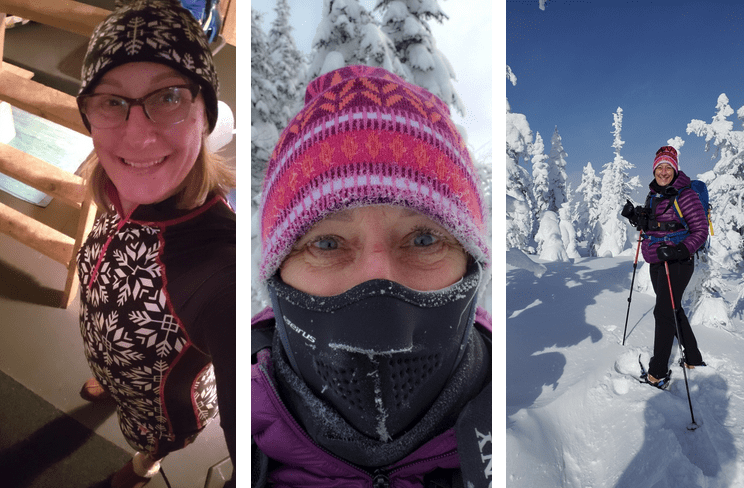
Winter Base Layer
Keeping your skin (base layer) warm and dry is the main goal when dressing for extreme winter travel. I use a variety of brands for merino wool base layers. Their job is to keep the sweat off of my skin – and they are awesome at their job! I love Smartwool base layers because Merino wool is the best natural fabric there is for adventures. It’s odor-free and totally warm!
If it’s not extremely cold – you might want to use a short-sleeved shirt instead for your base layer. I normally wear an old running shirt if I want something short-sleeved.
-
$119.00Buy Now
This seamless top is a perfect high-performance base layer for your winter adventures from sunrise to sunset!
I earn a commission if you click this link and make a purchase, at no additional cost to you.
03/06/2024 09:47 am GMT -
$150.00Buy Now
The warmest merino leggings you can get! These are perfect for cold winter adventures. I use them as a base layer or wear them alone - they are thick - no see through! They have a little spandex in them so they hold their shape well AND...they have pockets!
I earn a commission if you click this link and make a purchase, at no additional cost to you.
-
$110.00Buy Now
I'm in love with the Mountainscape design. It's a really heavy base layer...so heavy that I wear it just alone as a crew/sweater with jeans in the winter. They have lots of great designs and it's really soft and warm. This is my go-to shirt for winter and for baselayers!
I earn a commission if you click this link and make a purchase, at no additional cost to you.
-
$110.00Buy Now
A super bottom baselayer for snowshoeing, skiing, or spending a lot of time outdoors in the cold waiting for the northern lights! The material is soft but warm.
I earn a commission if you click this link and make a purchase, at no additional cost to you.
Winter Middle Layer
Middle layers can be a variety of things as long as they help you trap the heat yet are breathable; fleece, down, or synthetic. The flipside of breathability, though, is that wind blows right through, which can steal warmth. That’s why you need to have an outer layer with you if you’re going with a fleece middle layer.
I use my Marmot Hybrid jacket (fleece and down) as a middle layer or a good fleece. Many times when I’m snowshoeing I wear my Marmot Hybrid jacket as my top layer because snowshoeing will keep you warm in general… so you normally don’t need a top layer! Some of my other mid-layer favorites are my favorite Jack Wolfskin down pullover, or other fleece half zips – I have a variety of them!
A great lightweight, breathable winter jacket super for active winter adventures like snowshoeing.
The North Face TKA Glacier Snap-Neck pullover for women keeps you comfy and covered in lightweight, tone-on-tone recycled fleece.
The Ventus Active Hoodie brings a new meaning to "ultralight backpacking". No longer do you have to sacrifice warmth to get a lower pack weight! This hoodie is something you'll have with you whether you're backpacking, biking, traveling, snowshoeing, or during any other part of your active lifestyle!
Another alternative is the great new line of heated clothing… that’s right this is clothing that runs on batteries! Thanks to advances in conductive thread heating technology – we can now have a variety of heated clothing! I’ve been testing products out from Gobi Heat recently and I must say – they are great! Battery life is around 10 hours and you have various heat settings. The items are washable and the battery is easily rechargeable at night. This Gobi Heat Sahara Jacket would be a great mid-layer for Alaska!
Great for a layer under your favorite winter coat.
From Gobi Heat - 10 hrs of Heat | 3 Heat Zones | with Battery & Charger | Machine Washable | All Day Warmth
Find out where to go in Alaska for fall color
Winter Outer Layer
This is your first defense against the cold and can take many forms depending on just how cold it is. If it’s not extremely cold – maybe you just need something that breaks the wind or a lighter-weight puffy jacket. However – if you are talking about Fairbanks in the winter or Antarctica – you’ll want a parka. Parkas are heavy jackets that provide extreme warmth and wind protection. Plus parkas normally also have a pretty substantial hood.
All hoods are not the same – that fur-lined hood isn’t for fashion – it has an important purpose! I actually like the hoods with fur as they keep your face so much warmer. Hoods with fur decrease the amount of heat lost, thus keeping your face and you warmer. Plus – when wearing a fur hood each time you exhale, the moisture in your breath forms ice on the fur. And since ice is a better conductor of heat than air, your fur trim, far from keeping you warm, becomes a very efficient conductor of heat away from your face. I can totally geek out about this stuff… and if you’d like to learn more – then why not learn from the experts – the Inuit? Learn why they have been using fur trim for years!
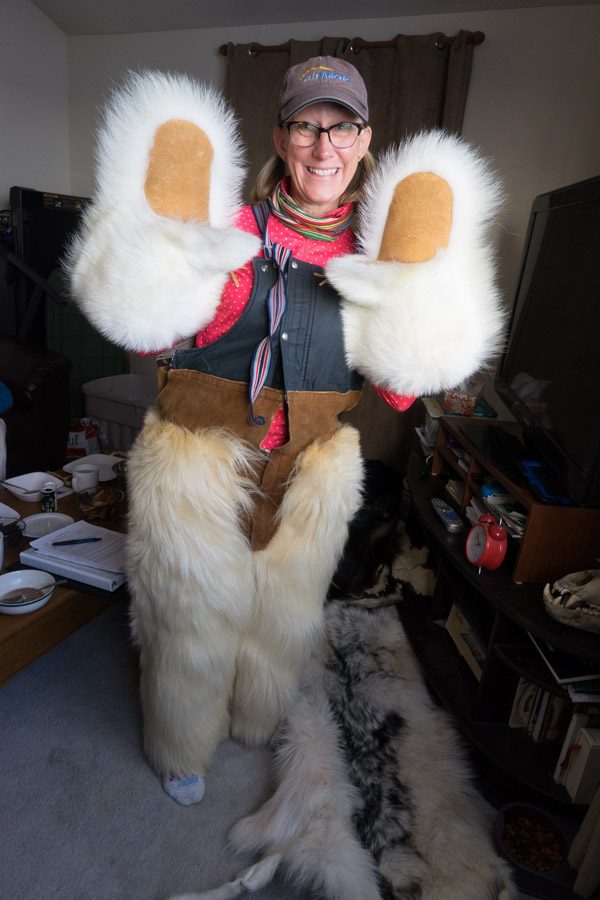
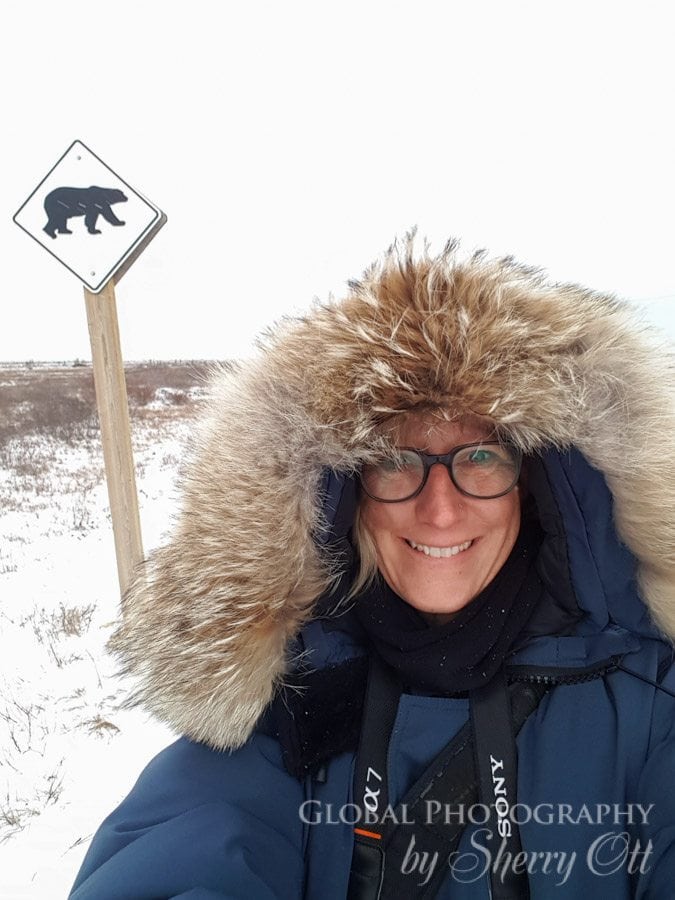
The North FaceWomen's Jump Down Parka provides winter protection from the top of your head to your knees. This cold-weather coat features waterproof DryVent fabric and 550-fill down insulation. Not once was I cold in Alaska in this parka!
For your bottom half, you will want something that protects you from the wind for sure. Of course, you can go in a traditional ski pant that is insulated. However, for me, I find that they are a bit too warm for things like snowshoeing. I love the Marmot scree pants – they are my favorite winter outdoor pants. They are heavier than hiking pants and are nice and stretchy so they feel comfortable over your base layer. They also have extreme water-repellent material. I can watch as rain just bounces off of them! Plus, they have a zippered phone pocket! However good ski pants will work too for wind protection and warmth.
A great outer layer for extreme cold environments. Seam-sealed 2-layer DryVent™ fabric provides waterproof/breathable protection from the elements
These make great winter hiking pants. They're heavier, with fleece pockets, stretchy, and great for snowshoeing. I consider them midlayer pants offering extreme water repellent, stretchiness, softness, and packability - Yay! I have multiple pairs!
The most important thing is making sure you don’t overheat when you are active in the winter.
Wicking, breathing fabric is essential, or else you will end up very cold if your sweat is trapped next to your skin. That actually happened to me on one of our hikes and I was miserable. I just dressed too warm and ended up overheating, and I didn’t make that mistake again!
Layers for Keeping Your Hands and Feet Warm
Layers are also imperative for your fingers and toes.
I used a thin-wicking base layer sock and then my Point6 Merino wool socks.
The cozy merino wool cushioning next to the skin insulates the foot from hot spots. These ski socks are great for any kind of outdoor winter activities.
2 Pack
If you have a bigger budget – then here’s the ultimate winter sock! That battery-operated heated technology has made its way to socks too! I’ve been using the Gobi Heat heated socks and they are wonderful! No more using those foot warmers… now you just have a rechargeable battery – that is about the same size as a foot warmer! These socks have three settings – and honestly, if you are hiking or snowshoeing – I recommend the low setting else it’s too hot!
Out of all of the heated products out there - I find the socks work the best.
They use a steel fiber heating technology and dual slim 2,400 mAh Lithium Polymer batteries allow for extended heat during longer day trips. They warm up within 30 seconds so feel more comfortable immediately!
12 hours of Heat | Battery and Charger Included
Keeping my hands warm is always my biggest challenge because I so often work with my camera or phone and need my fingers out touching things!
I use the Heat Company system; liner gloves and their shell. I love the zipper access on the shell/outer glove so that I can easily get my fingers out to work with my camera without having to take off my whole mitten. Plus – the magnets to hold the unzipped gloves in place is ingenious! And, to top it off, the thumb even can fold back if you need to have more dexterity. The Heat Company liners also have a nice little pocket on them where you can slide in hand warmers and they will stay in place.
Once again, if you’d like to make an investment in warmth – Gobi Heat makes battery-operated heated glove liners! The battery is pretty small on these liners – but they keep 3 different levels of heat for up to 6 hours at a time – and they are toasty! The liners are a bit bulky – but it doesn’t bother me too much because of the awesome warmth they provide!
Compression socks for travel – the what, why, and how
-
$129.00Buy Now
6 hours of Heat | Battery and Charger Included | Heat Up and Around Each Finger | Heated Gloves
I earn a commission if you click this link and make a purchase, at no additional cost to you.
03/07/2024 05:17 pm GMT -
$175.00Buy Now
This is it...I finally found the best solution for keeping my hands warm in extreme cold environments...this muff is the best! I use it primarily for doing photography in the winter - it's better than any other gloves I've tried before. The inside is lined with warm fur and the heat settings are incredible. It also has a little zip pocket where you can keep your phone and camera batteries warm. The muff's battery life is good for staying out for hours waiting for aurora!
I earn a commission if you click this link and make a purchase, at no additional cost to you.
03/05/2024 04:32 pm GMT -
$390.62Buy Now
These are one smart glove...hence the hefty price tag. They can measure the current heat of your hands in your glove like a thermostat and then deliver just the right amount of heat to keep you warm! Heat turns on when you’re cold and off when you’re not. Set your heated gloves to a comfortable setting using a paired smartphone app and automatically the heating system maintains a steady and comfortable balance point.
I earn a commission if you click this link and make a purchase, at no additional cost to you.
03/06/2024 12:47 pm GMT -
Learn More
The warmest glove system: No more freezing or sweating! Depending on the situation, you can flexibly choose the right LINER inner glove and combine it with the SHELL mitten and the HOOD pullover mittens.
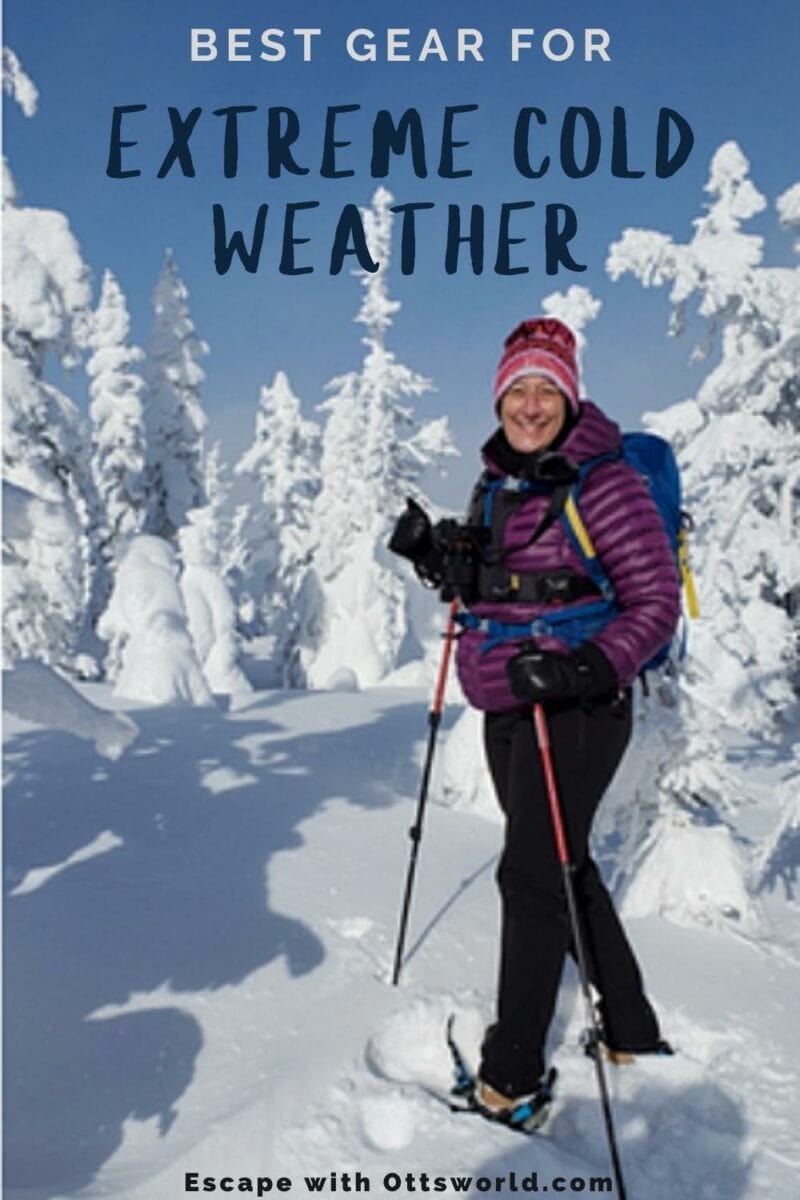
Discover the essential hiking gear to pack for any hike
Winter Boots for Outdoor Adventures
One of the other big gear winners on my trip was my Oboz insulated boots.
This boot was my first experience with the Oboz brand. Since then I have bought many pairs of OBOZ boots for hiking! The insulation definitely kept me warm – and when I used them to snowshoe they were practically hot! What I loved about them is the high-quality insole providing incredible support. The insole was even thermal. I’ve had enough foot and knee injuries to know it’s imperative to have good footbed support. I wore these boots non-stop in Alaska winter because they were as comfortable as my tennis shoes. I was happy to be introduced to the brand, they made a believer out of me!
Sooo - comfortable and warm! These are my go-to winter insultated boot. I use them for snowshoeing and everyday around town stuff when it's really cold. O Fit Thermal insoles provide stability and support while reducing heat loss to keep your feet happy!
Warm boots are great – however if you are going to Alaska in the winter – this is the one thing I can’t live without – winter traction for my boots. I use shoe spikes that easily fit onto any boot or shoe. These provided some great security when walking on icy sidewalks and lakes – or simply walking in parking lots. I also used them for ice fishing and they were perfect for ensuring I didn’t fall on my ass! You will use these every day in Alaska!
These are a must for winter travel - they will provide you peace of mind as you get around in the winter on icy trails, lakes, and even parking lots.
Winter Packing List Hats and Neck Gaiters
So much heat escapes from your head that it’s imperative to have a good winter hat when traveling to Alaska in the winter. I have a few different styles I use. For everyday stuff – I love my Turtle Fur hats. They normally have soft fleece liners that are soft and warm against your ears. And if I’m preparing for the deep freeze my go-to hat is always my bulky hat from Nepal with earflaps. If they are good enough for the Himalayas, they are good enough for Alaska in the winter!
Beanies that pack a punch! Merino wool manages moisture, retains heat, and is fully-lined with fleece, meaning it feels soft against your skin - no itch!
- 100% Wool Hand Wash Only
- 100 % New Zealand Wool Fleece Lining. (Itch free)
- ❤ Fair Trade and handmade in Nepal. Hand knit one at a time, not mass produced so there may be minor differences in color and imperfections.
My neck is always cold – but when you are doing active winter activities – a scarf is just too bulky. That’s where neck gaiters come in! These fleece-lined neck gaiters are a Godsend to keep you toasty warm. They are soft and can be used as a less bulky way to keep your neck warm than a scarf. Plus they can double as a mask if need be.
The Pipe Dream™ is a heavyweight neck warmer fully lined with super soft micro fleece to trap heat and stay put, all while keeping you cozy and comfortable
Have a friend going hiking? Check out these great gifts for travelers.
Extreme Cold Weather Gear Packing List Add Ons
There’s cold-weather gear and then there’s extreme cold-weather gear. When you are dealing with temperatures of -25 or days that don’t even go above 0, then you need another level of gear.
However – one great thing I’ve noticed with winter tour companies in places like Alaska – they are starting to provide the appropriate extreme weather gear for you because they understand that the normal person might not have the means to get all of this gear for just one trip. And they want to make sure you are warm because a warm person is a happy person. So be sure to always ask if they provide gear before you go out and buy yours!
Balaclava
My favorite extreme winter weather item was my Seirus Magnemask Balaclava. This was more than a balaclava because it also had a full face mask (secured with magnets) with great ventilation for breathing and heavy activity.
You can easily pull down the mask part and tuck it away if you don’t want to use it. This mask kept me completely toasty warm but I could still easily talk and breathe.
OMG - I love this for really cold weather! The mask is secured by a magnet and it's easy to pull down and flip back up. Breathable and warm!
Hand and Foot Warmers
And to bring one last level of warmth to my gear, I used hand and foot warmers religiously.
Hand warmers and foot warmers are essential items in extreme winter weather. They come in disposable packs, reuseable packs or electric hand warmers. I would simply throw a hand warmer in my gloves and my fingers were never cold! Plus, hand warmers are also essential for keeping batteries (phone and camera) warm in cold environments.
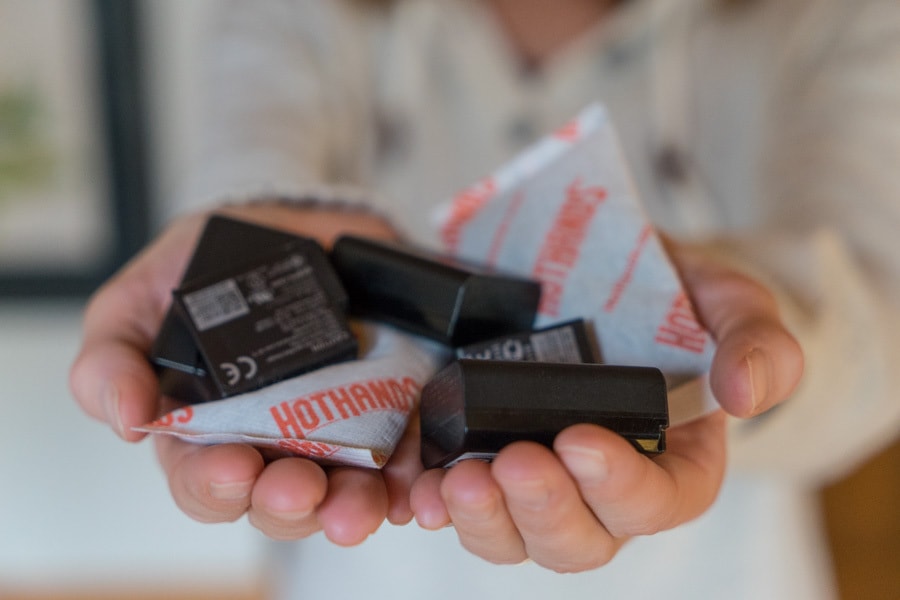
I used the foot warmers more sparingly, mainly for Aurora-watching. Actually, it was more like Aurora waiting. Standing and waiting in the cold meant my toes would get cold even in my awesome Oboz boots.
However – all hand/foot warmers are not made equally. The easiest and cheapest to get your hands on are the standard one-time-use warmers. Open them up from their packaging, and they stay warm for about 4 hours or so. But that’s it – you can’t reuse them.
I recently came across these sorts of reusable ones from Ignik that are worth trying. Each warmer provides up to 10 hours of heat; a reusable AirBarrier Pouch minimizes air permeability and you can save unused warmer heat for up to 72 hours, for intermittent use! Plus – these warmers are 98 percent biodegradable (contents can be composted after use).
-
$29.99Buy Now
Electric Pocket-Sized Handwarmers with 3 heat settings will keep your hands toasty warm in the cold temps. These are ultra light and thin and will easily fit in your pockets. In addition they heat up really fast, and will last for aproximately 4 to 8 hrs.
03/06/2024 02:02 pm GMT -
Buy Now$16.92
I earn a commission if you click this link and make a purchase, at no additional cost to you.
03/06/2024 02:32 pm GMT
My other essential item for super cold weather and wind was a pair of goggles. I borrowed a friend’s old pair to see if I would like them and I loved them. I’ll be getting my own pair for future trips! When I used the goggles in combination with the Magnamask, my face never got cold, and I didn’t have to worry about my glasses fogging up!
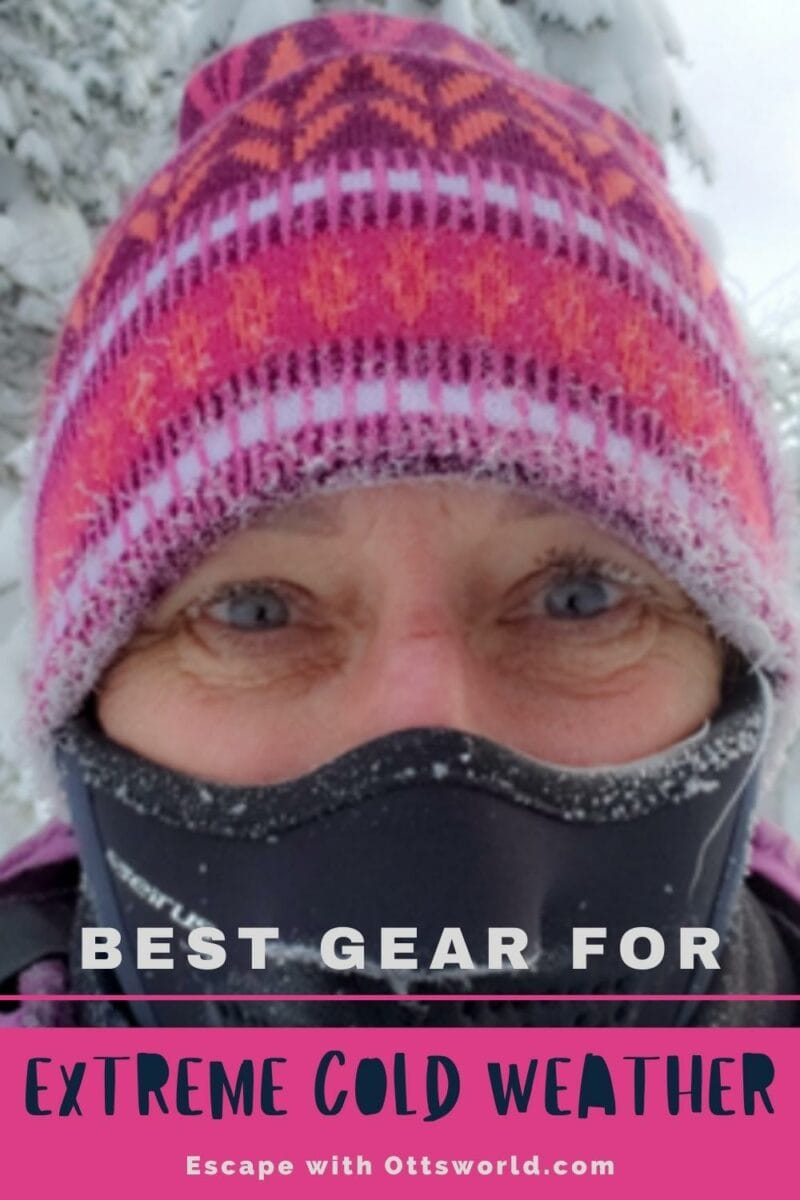
Extreme Cold Weather Gear for Photographers
When I go to Alaska in the winter, one of my main goals is to photograph the Northern Lights. However, the coldest part of any day is the middle of the night – and that’s when you are out photographing aurora! I already told you about my photo backpack and sling that I use for pretty much any type of travel, but here are the items I specifically use to protect my photo equipment from the cold and my hands!
I used LensCoat Lens covers for my lenses. Made of Neoprene, these innovative lens covers protect the lenses from the cold as well as make them easier to hold on to when it’s freezing! You can also get tripod leg covers which are recommended for cold weather; no one wants to grab onto a below-freezing tripod leg!
LensCoat® lens covers offers your valuable equipment some protection from scrapes and bumps, preserving its resale value. It also help break up the shape of your lens, making it less noticeable to wildlife.
LegCoat® Wraps are made from soft neoprene are designed to wrap around the upper leg of your tripod and are easily affixed with a Velcro closure. The Wraps backing is designed to tightly grip to your tripod legs so they will not slide. The covers act as a thermal barrier making the tripod more comfortable to handle in hot or cold conditions.
However – I think the best overall protection from snow for your gear is the LensCoat Raincoat. This waterproof fabric easily covers your entire camera and lens setup but leaves the back open so that you can get to all of the buttons, etc.
I also recommend using a Cotton Carrier harness to carry your gear so that you can remain hands-free. This is perfect for snowshoeing or snowmobiling.
I don't go on a trip without this harness! It allows me to be hands free when hiking and snowshoeing. I've also used it while horseback riding. It has saved my neck and back and it a secure, healthy way to carry my camera!
10% off coupon code for readers - OTTSWORLD
Photography in cold weather is also hard because it requires the use of your hands… and we all know that hands are always the first to get cold in the winter! The best winter photography gloves I’ve found are the Heat Company warm shell gloves which are made for photographers. You can use a heated liner if you want or pop in a hand warmer packet into them. But they are great because you can unzip the glove and use your fingers to make camera changes and then easily zip them back up. They have magnets to hold the flap in place when unzipped AND, you even have a thumb flap too!
With this essential cold-weather gear, you’ll keep warm and comfortable on your next winter trip, and even your next extreme winter trip. Don’t be afraid of winter, embrace it with the right gear!

To see all of these items in the same place, just visit the Ottsworld Amazon store! You’ll find these products as well as all of the gear I recommend and use for travel.

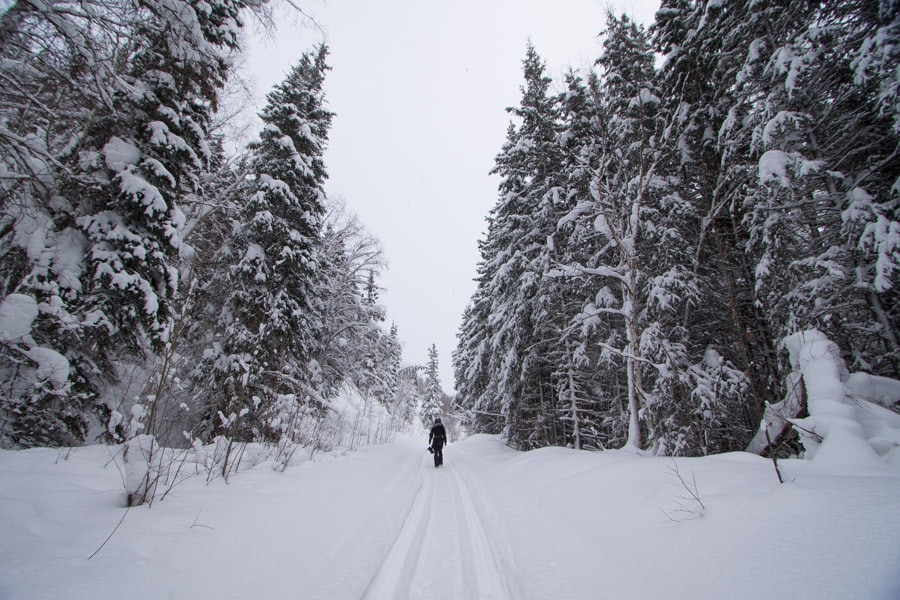
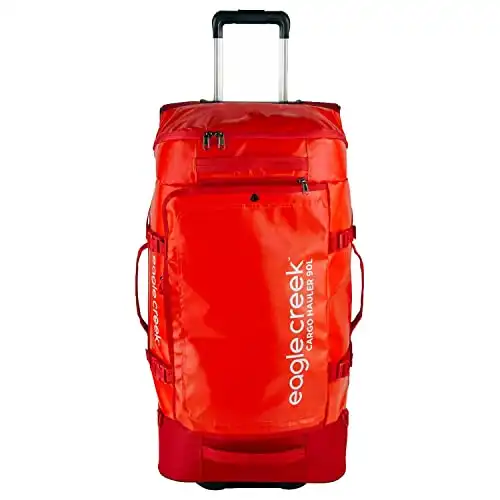
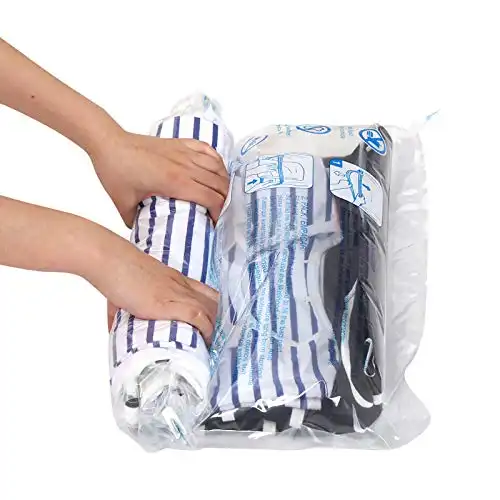
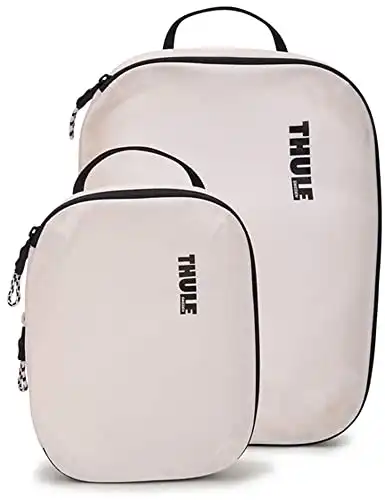
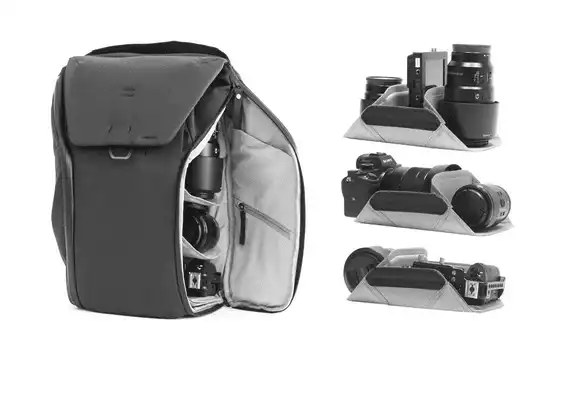
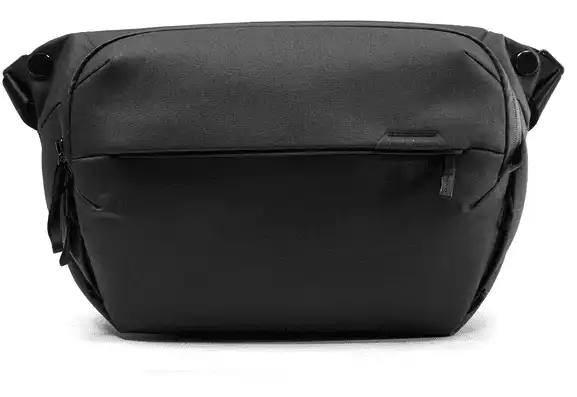
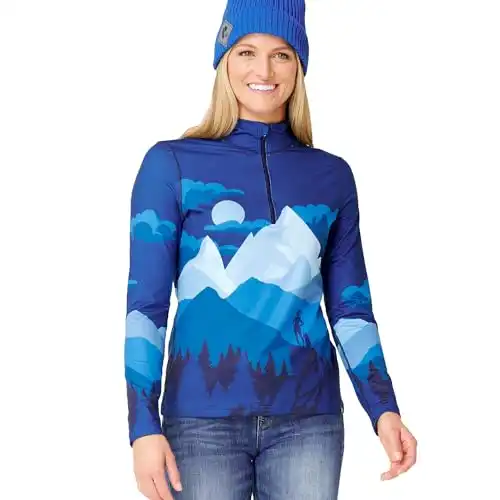
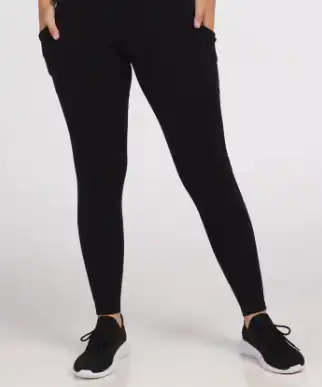
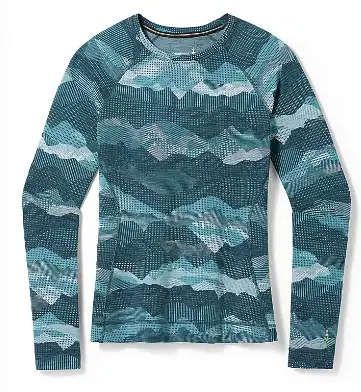
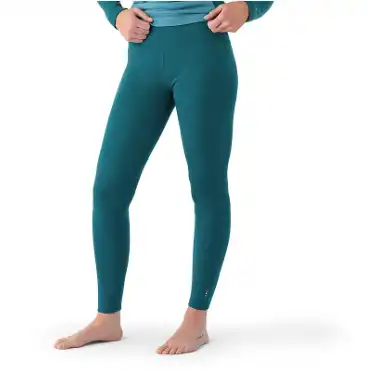
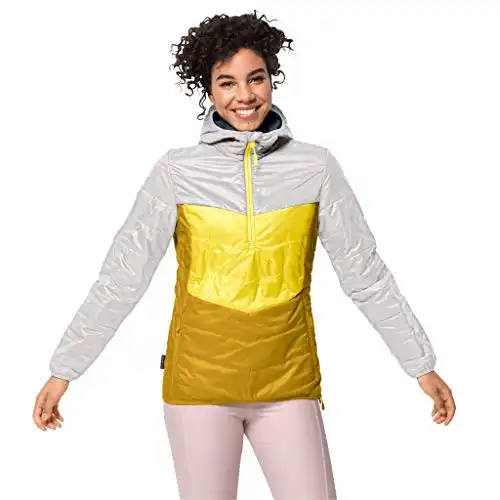
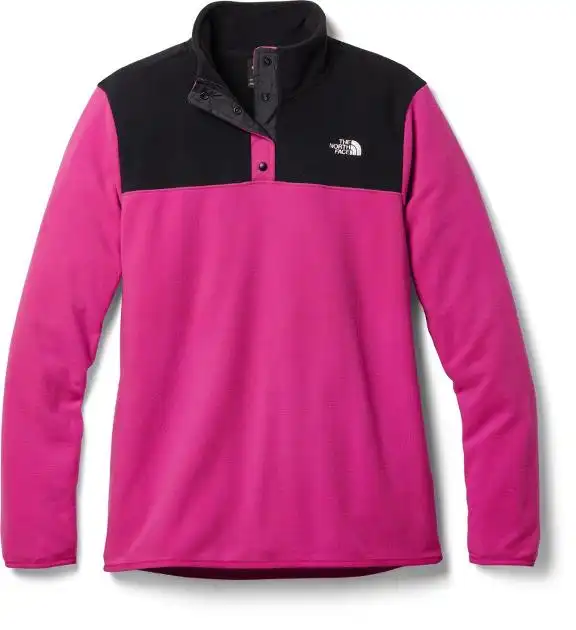
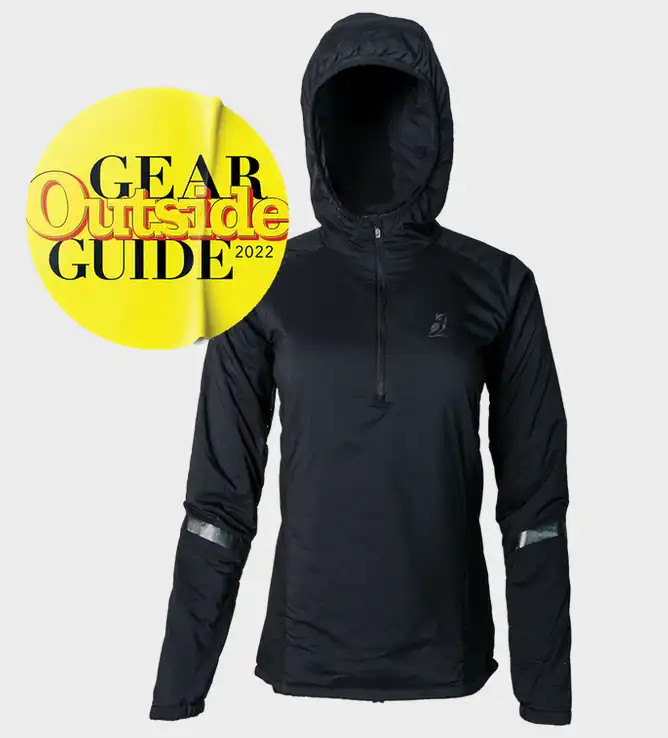
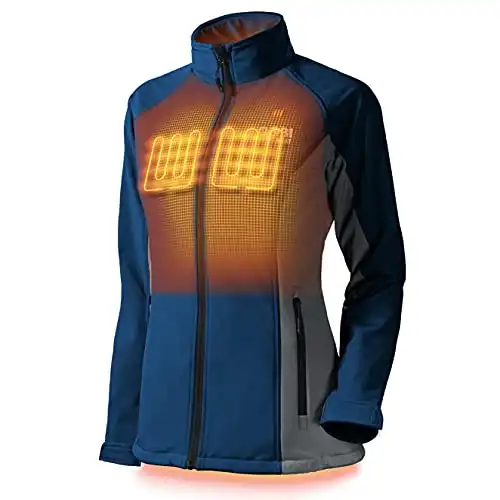
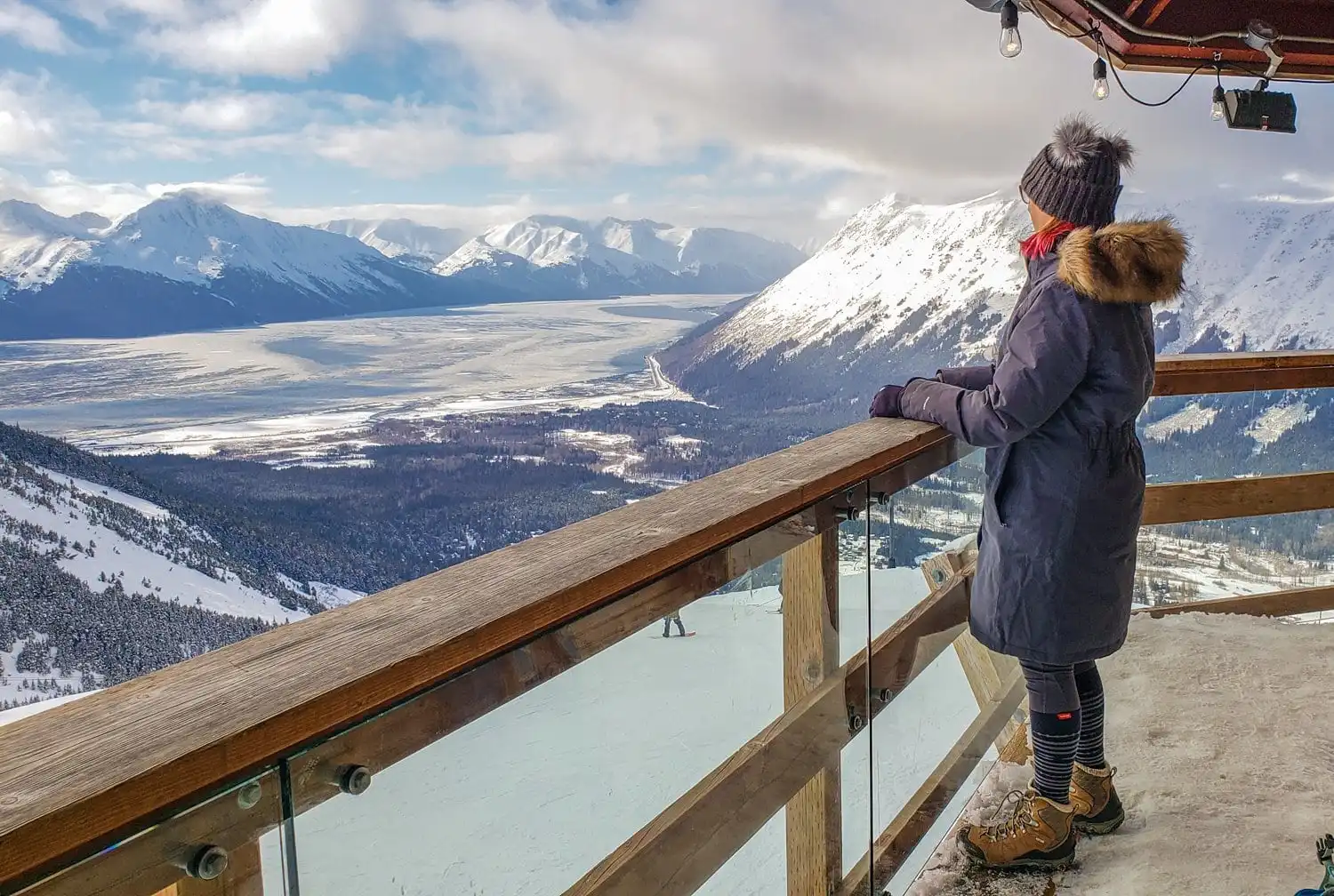
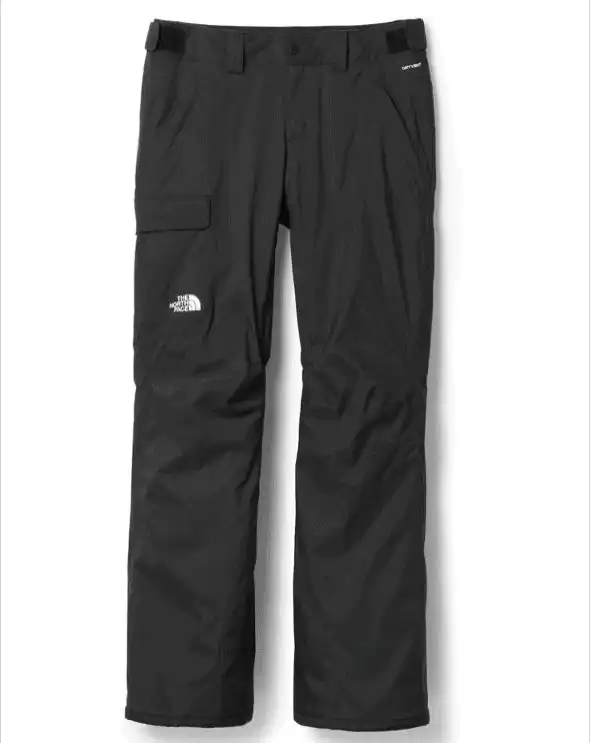
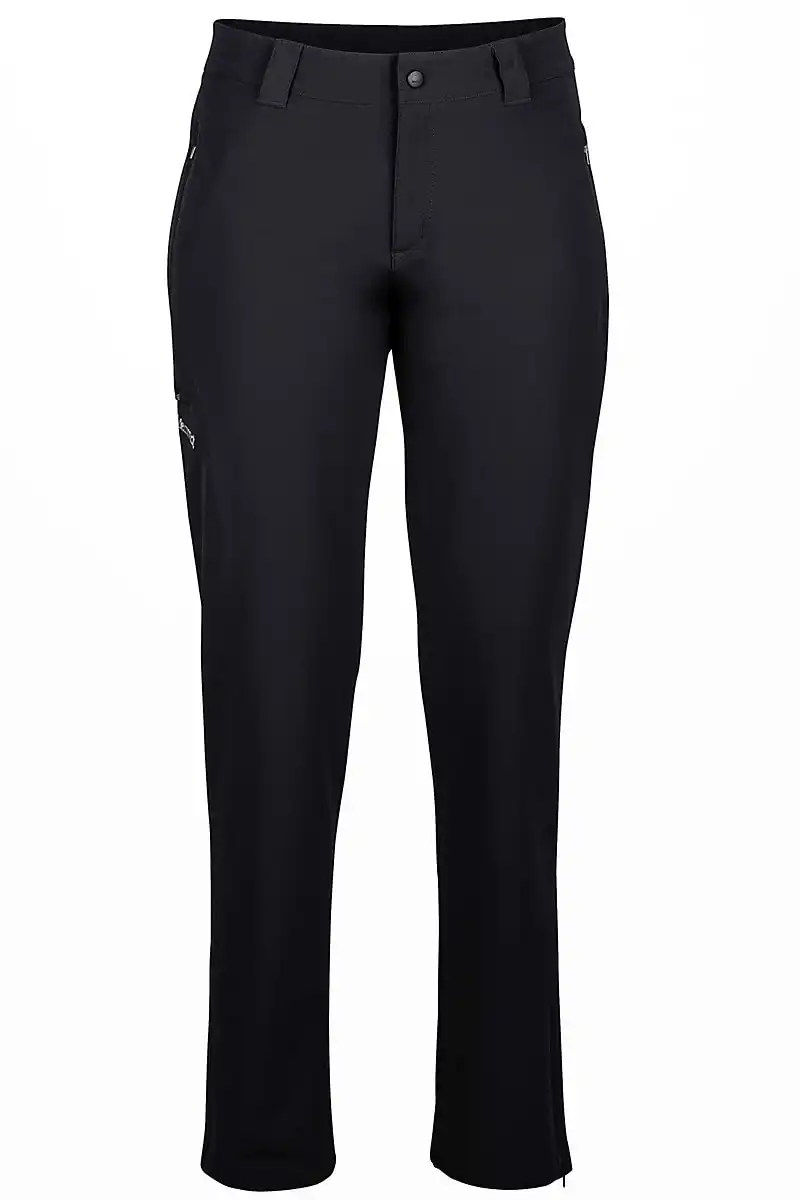
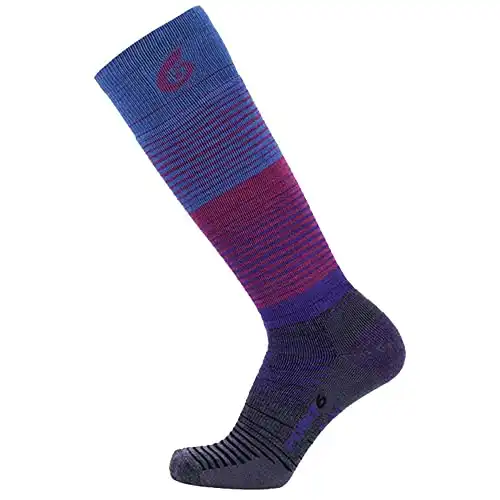
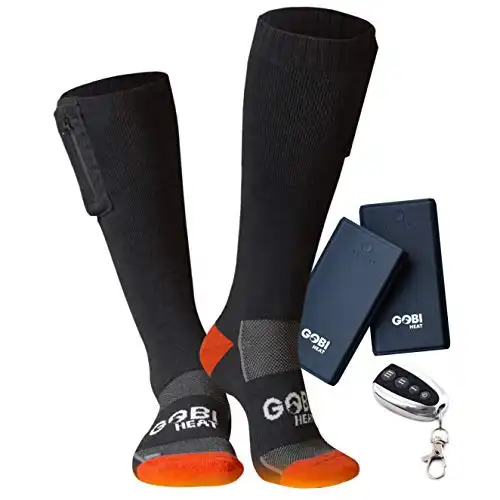
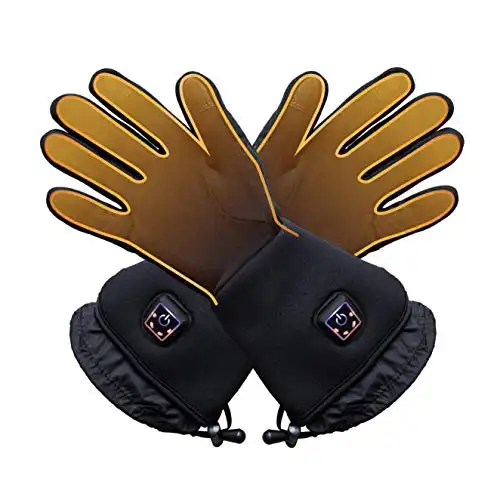
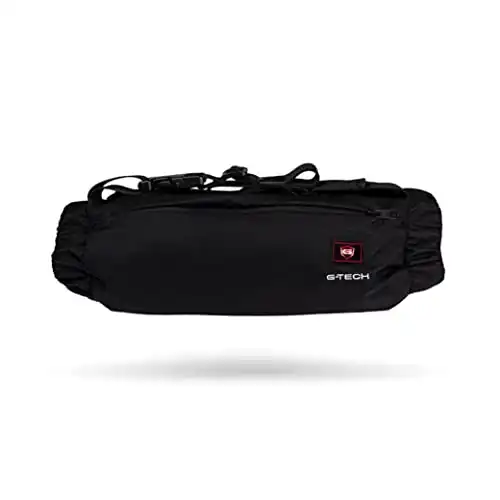
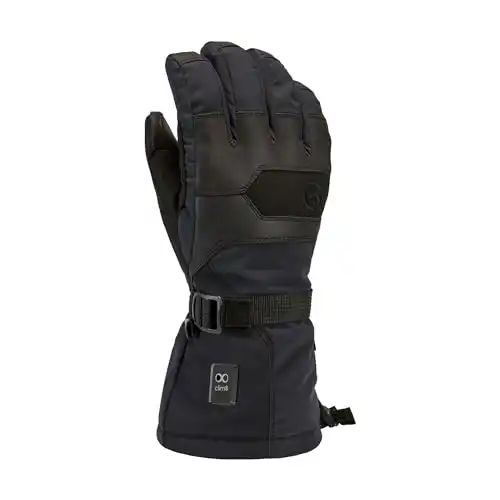
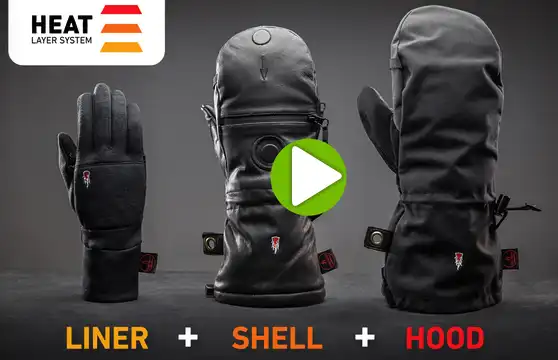
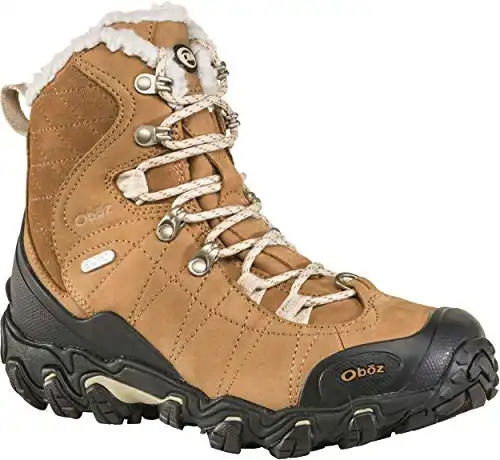
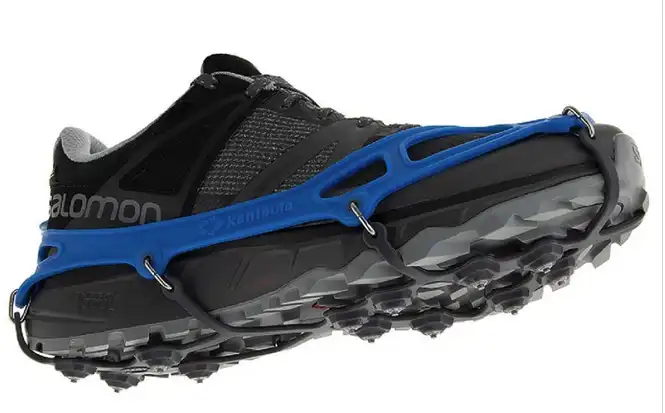
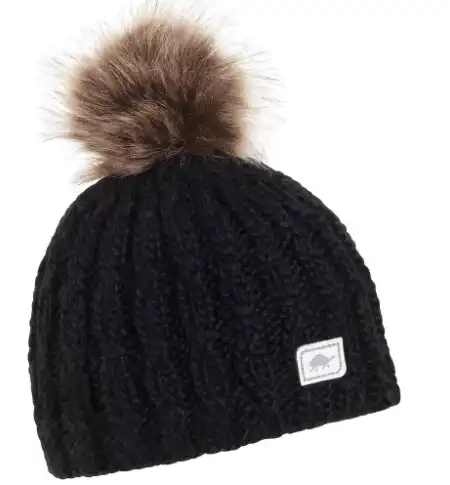
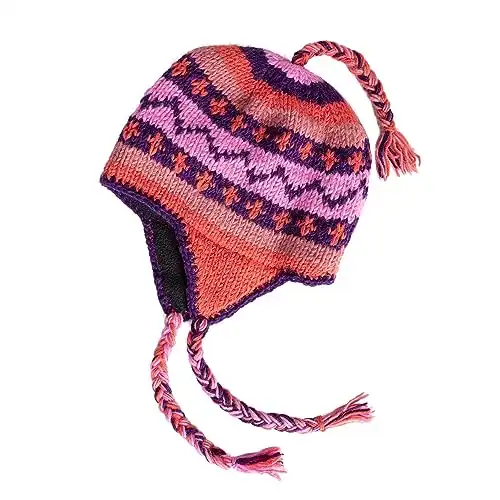
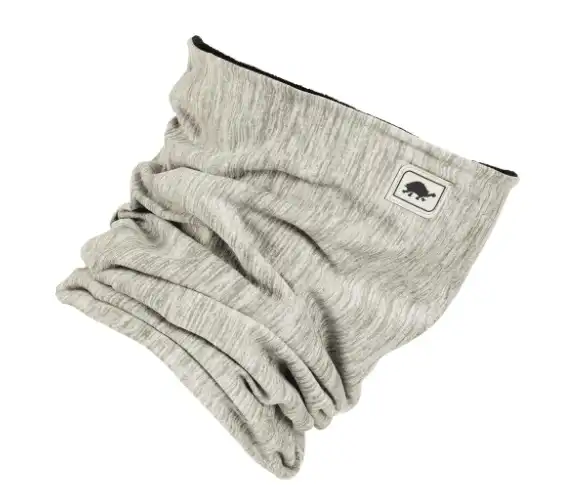

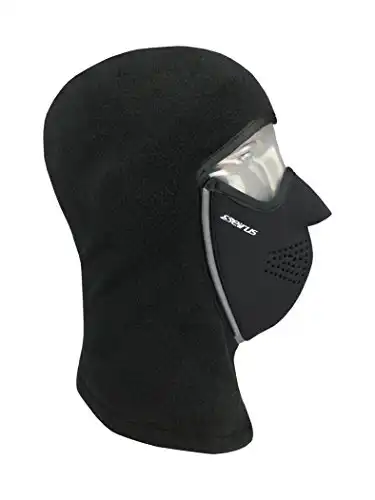
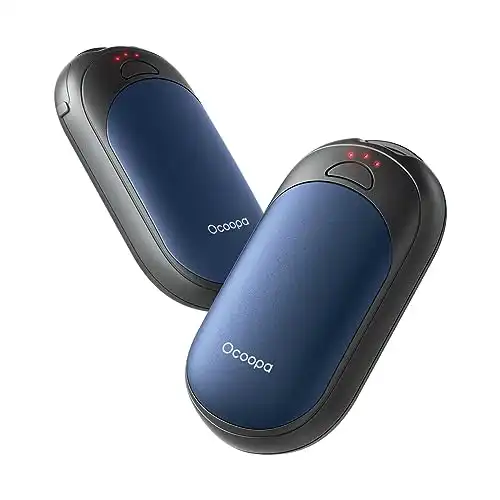
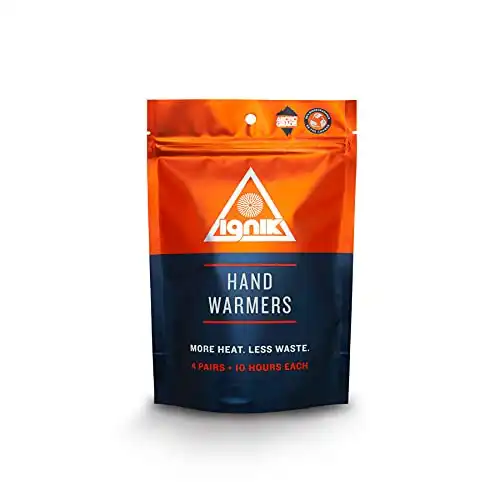
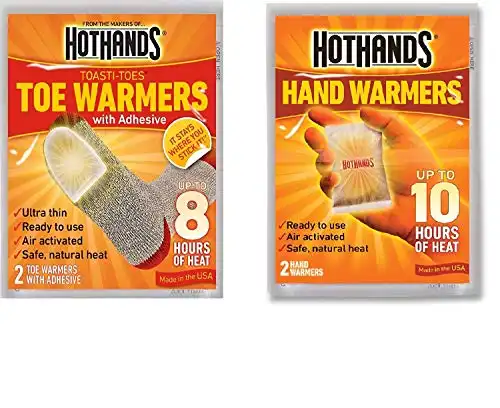
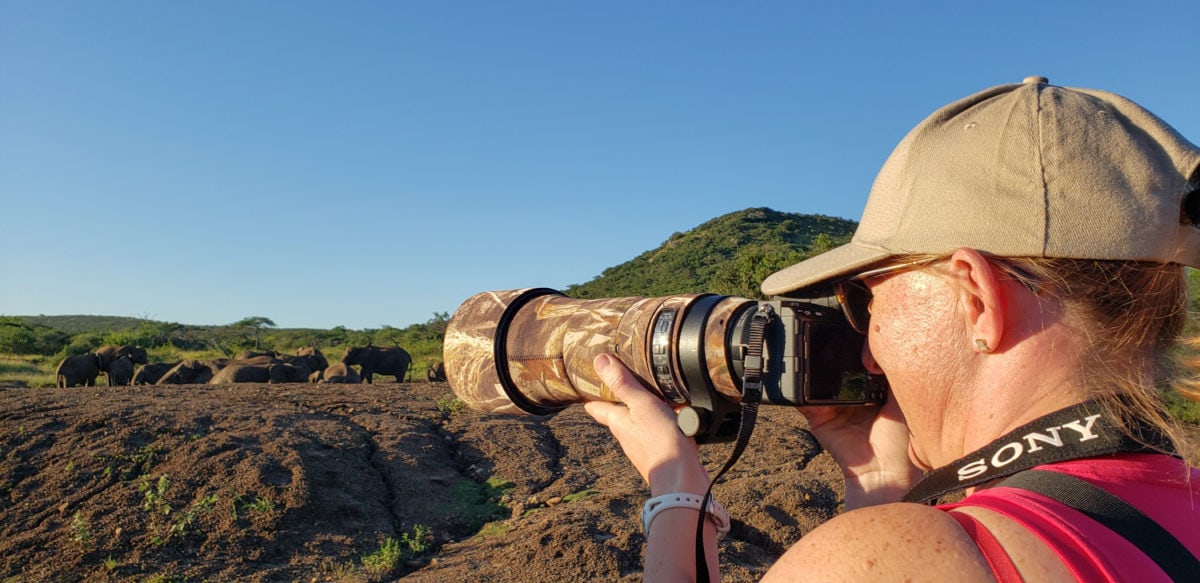
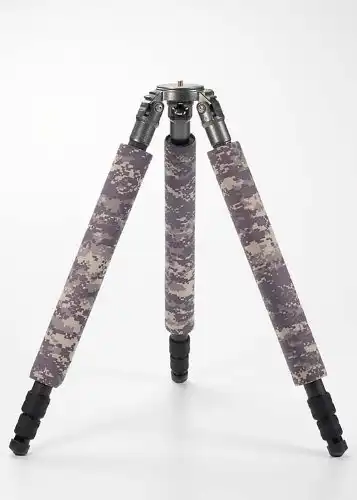
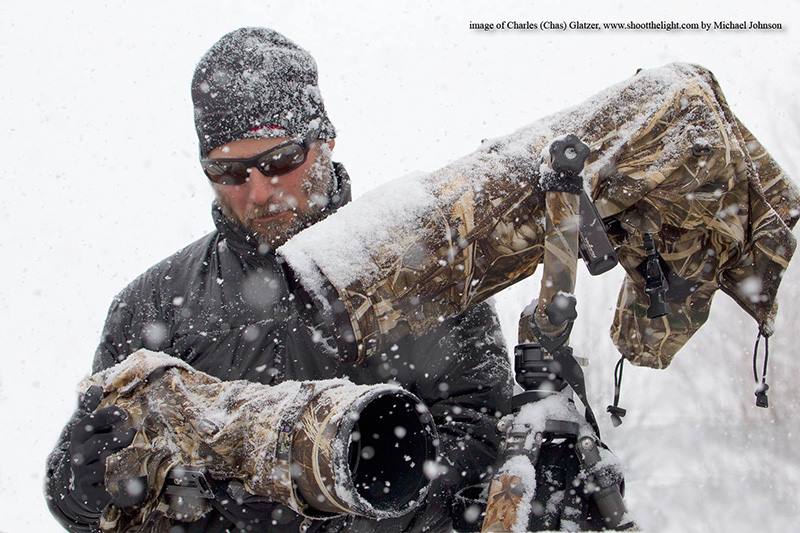
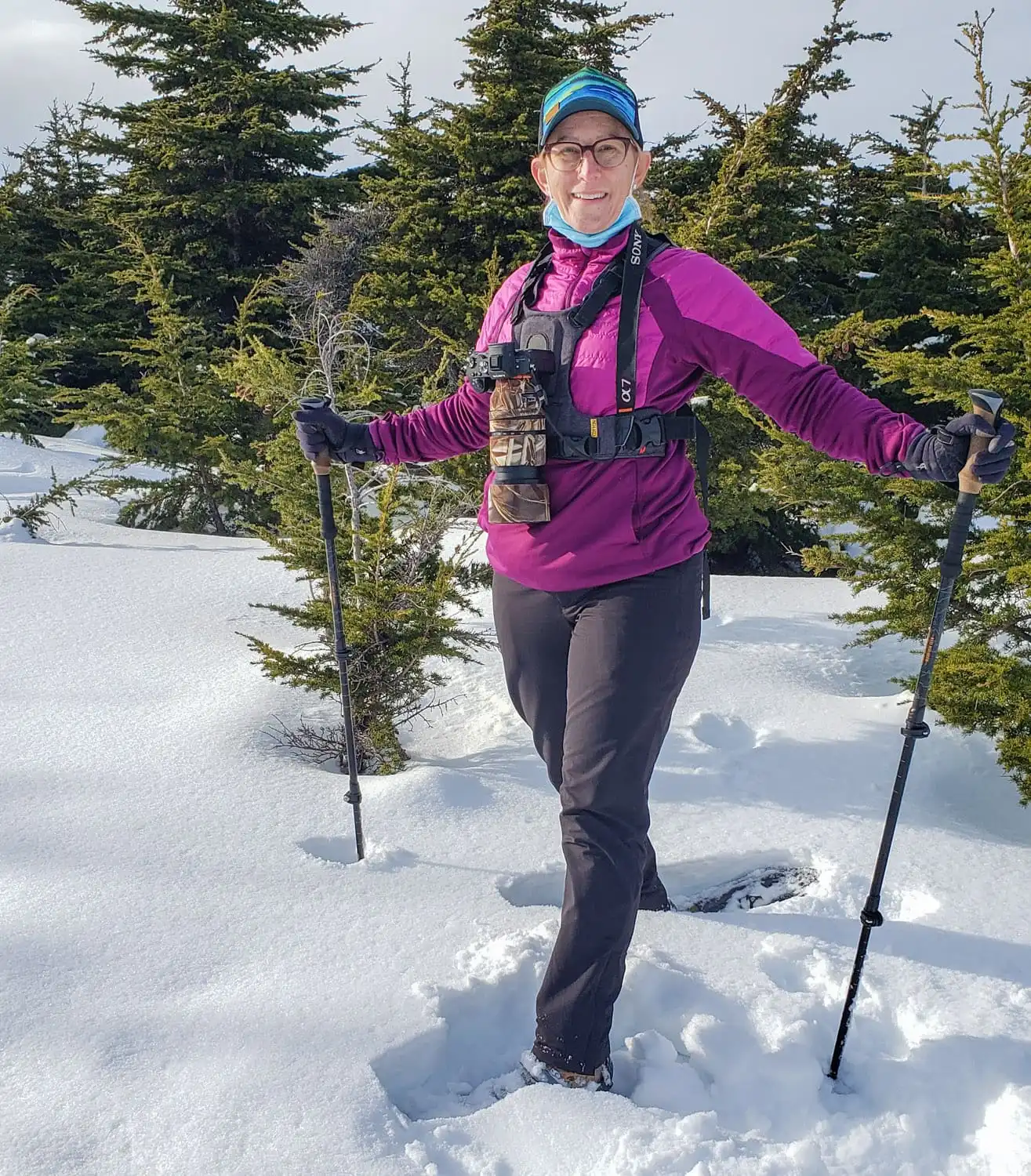
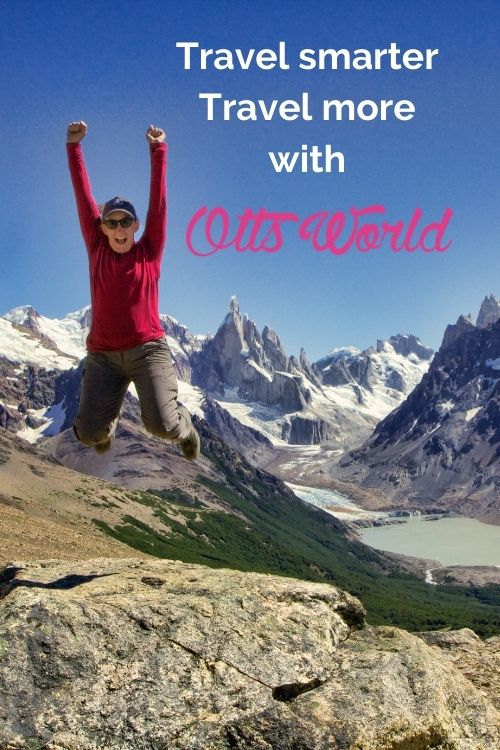
By kazim Gurmani March 19, 2018 - 12:16 pm
Wow Alaska is always my dream place to visit for. with lots of adventurous things mentioning in here, i really want to do.
By Sherry March 19, 2018 - 10:50 pm
There’s tons of exciting adventures you can have in Alaska in the summer or winter!
By Craig Campbell February 25, 2021 - 6:58 am
We are going to alaska in October. No idea what to expect. Anyway, Thank you so much for the tips!
By Mary February 16, 2022 - 12:42 pm
Thank you for this list. Super handy!
By Sherry April 24, 2022 - 12:41 pm
Glad you found it helpful! I hope you had a fabulous trip!